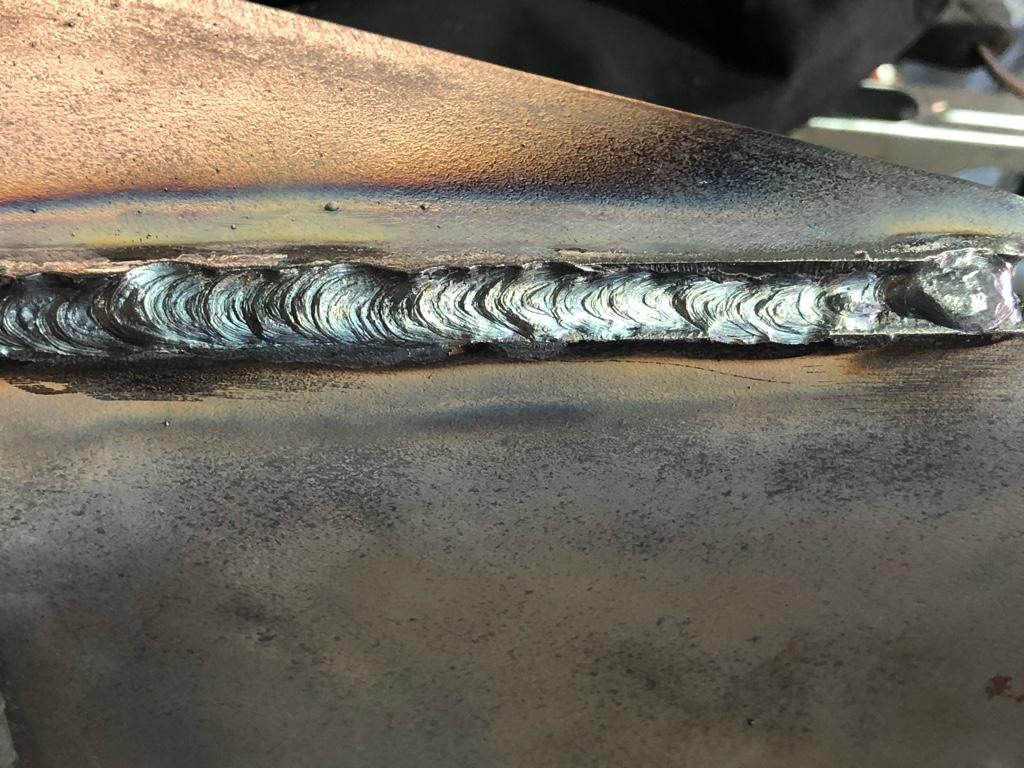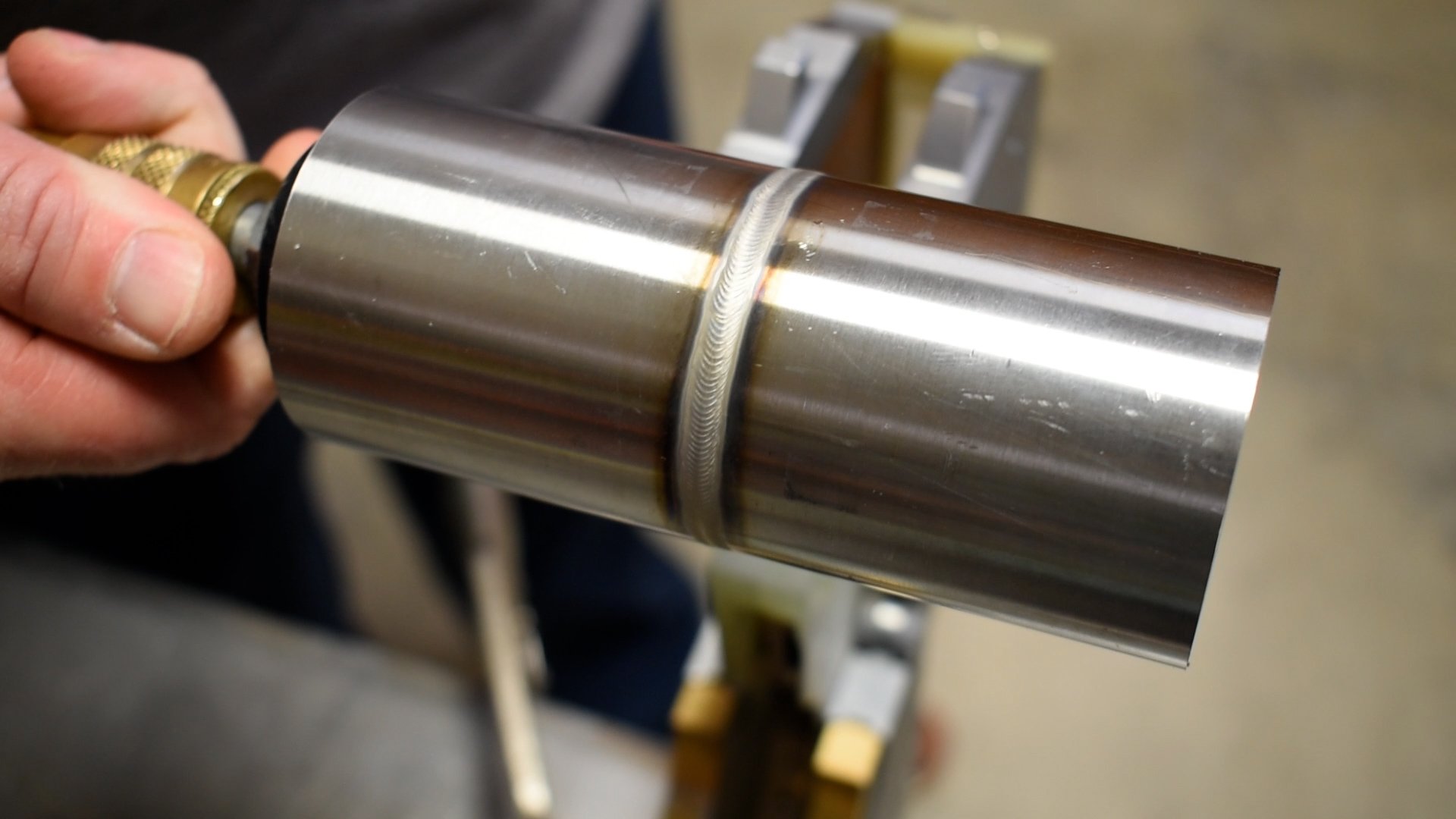Vital Tips for Welders: Protecting Against Undercut Welding and Ensuring Stronger Weld Joints
In the realm of welding, accomplishing strong and resilient weld joints is the keystone of creating top notch work. One typical challenge that welders often encounter is undercut welding, which can endanger the honesty of the weld joint.

Understanding Undercut Welding
Undercut welding is a common welding flaw that occurs when the weld metal stops working to correctly fill up the groove and leads to a groove-like depression along the weld grain. This defect deteriorates the weld joint, making it vulnerable to splitting and failure under anxiety. Undercutting can be brought on by various aspects, including extreme welding existing, high welding rate, incorrect electrode angle, wrong electrode size, and bad welding strategy.
One of the primary factors for undercut welding is an inequality between the welding present and the welding rate. If the welding current is expensive or the welding speed is also quickly, the weld metal may not effectively fill the groove, causing damaging. In addition, using an electrode that is as well big can cause a similar result, as the excess steel can not effectively flow into the groove.
To stop undercut welding, welders must guarantee they are using the appropriate welding specifications, preserve an ideal electrode angle, pick the ideal electrode dimension, and technique proper welding methods. By attending to these variables, welders can decrease the threat of damaging and develop more powerful, more dependable weld joints.
Appropriate Welding Method
Efficient welding method plays a vital function in making sure the top quality and honesty of weld joints. Appropriate welding method includes a combination of adherence, ability, and precision to best techniques. One basic facet of appropriate welding technique is maintaining the correct angle and range in between the welding gun and the workpiece. Welders must additionally pay very close attention to the travel speed and heat input to stop concerns like damaging, porosity, or incomplete blend.
In addition, a constant and consistent hand motion is essential for developing strong and sturdy weld joints. Welders ought to go for smooth, consistent movements to make certain even circulation of the weld material. Correct manipulation of the welding gun and filler material is additionally essential to attaining ideal infiltration and fusion.
In addition, controlling the warmth input and selecting the ideal welding parameters based upon the product being welded are essential consider attaining premium welds - Preventing weld undercut. Welders need to follow the suggested setups provided by welding procedure requirements and adjust them as needed based upon the specific requirements of the job. By understanding proper welding methods, welders can dramatically enhance the stamina and integrity of their weld joints
Picking the Right Electrode
When taking into consideration the relevance of choosing the best electrode in welding applications,Preserving the proper angle and range in between the welding weapon and the work surface is basic. The selection of electrode plays an important function in establishing the top quality and toughness of the weld joint. Electrodes come in various types, each developed for particular functions and materials.
First of all, selecting the suitable electrode size is essential. Thinner electrodes are appropriate for welding slim materials, while thicker electrodes are better for thicker materials and higher heat applications. Matching the electrode diameter to the density of the work surface aids attain a well balanced weld.
Secondly, comprehending the material composition of the electrode is important. Different electrodes are designed for welding certain products like steel, stainless steel, aluminum, or cast iron. Making use of the proper electrode product makes sure great combination and decreases the danger of flaws in the weld.
Finally, considering the welding position and strategy is critical when picking the electrode kind. For circumstances, specific electrodes are better matched for above or vertical welding positions, while others function well for flat or horizontal placements. Choosing the best electrode based you can find out more upon the welding method enhances the total weld high quality and integrity.
Preparing the Base Steel
To make sure a successful welding procedure, what preliminary actions should be taken when preparing the base metal for welding? Properly preparing the base steel is essential for attaining solid and resilient weld joints. The initial step in preparing the base steel is to clean it extensively to remove any kind of pollutants such as corrosion, paint, dust, or oil. This can be done making use of a wire chemical, mill, or brush solvents. Additionally, any type of existing weld product or residue from previous welding must be removed to make sure a tidy surface for the new weld.

Carrying Out Post-Weld Inspections

After performing these analyses, welders have to contrast the outcomes against industry standards and task needs to make certain that the weld joint satisfies all needed requirements. Any deviations or insufficiencies found during the post-weld examination needs to be immediately dealt with through appropriate rehabilitative procedures to guarantee the weld's honesty. By carefully carrying out post-weld inspections and without delay attending to any type of issues, welders can promote the top quality and integrity of their job, inevitably adding to the security and longevity of the bonded frameworks.
Final Thought

Finally, stopping undercut welding and ensuring stronger weld joints call for a combination of proper welding strategy, picking the appropriate electrode, preparing the base metal correctly, and performing post-weld evaluations. By understanding the sources of undercut welding and executing the essential safety measures, welders can generate premium weld joints that meet market criteria and ensure the architectural stability of the welded parts.
Undercut welding is a typical welding defect that takes place when the weld metal stops working to effectively fill the groove and results in a groove-like clinical depression along the weld grain (Preventing weld undercut). Undercutting can be triggered by numerous factors, including too much visit this site right here welding existing, high welding speed, incorrect electrode angle, inaccurate electrode dimension, and inadequate welding technique
One of the main reasons for undercut welding is an inequality in between the welding current and the welding speed. If the welding current is as well high or the welding rate is also quick, the weld steel might not adequately fill up the groove, leading to damaging.Preserving the proper angle and range in between the welding gun and the workpiece is essential when taking into consideration the importance of choosing the best electrode in welding applications.